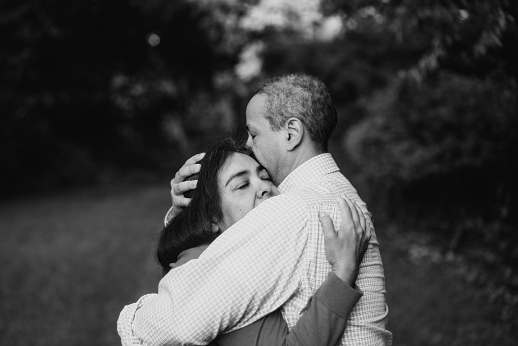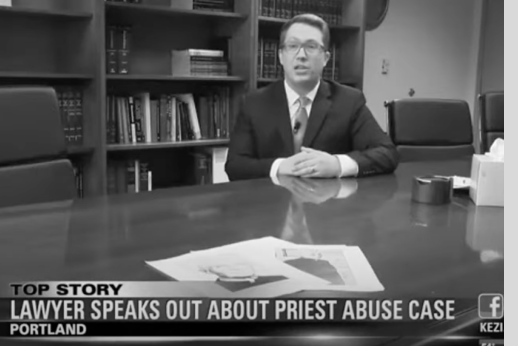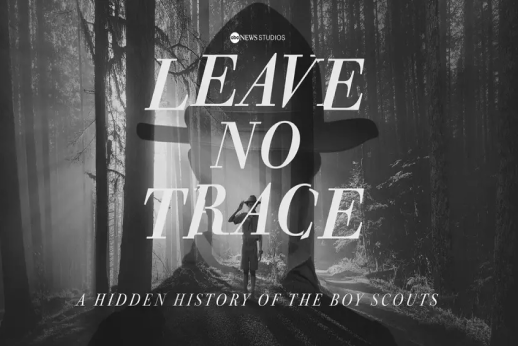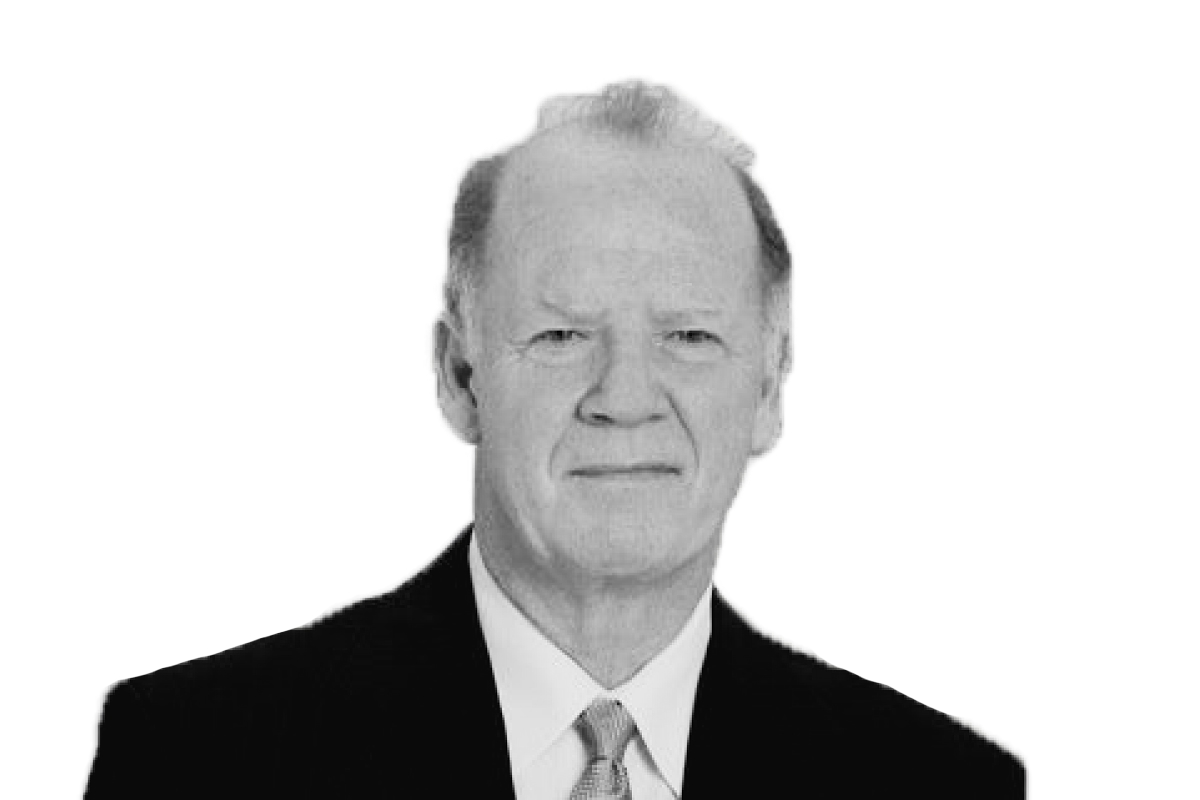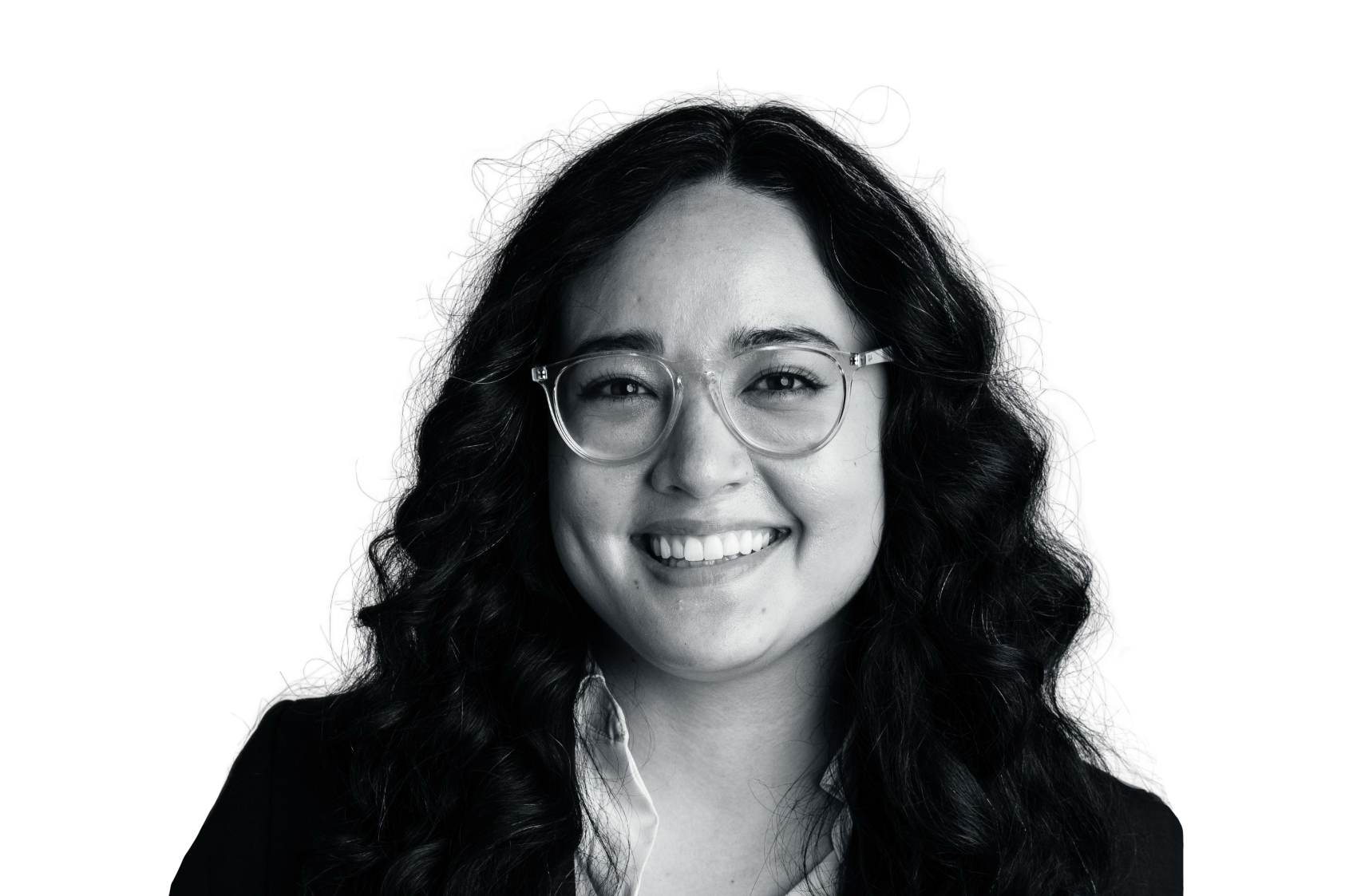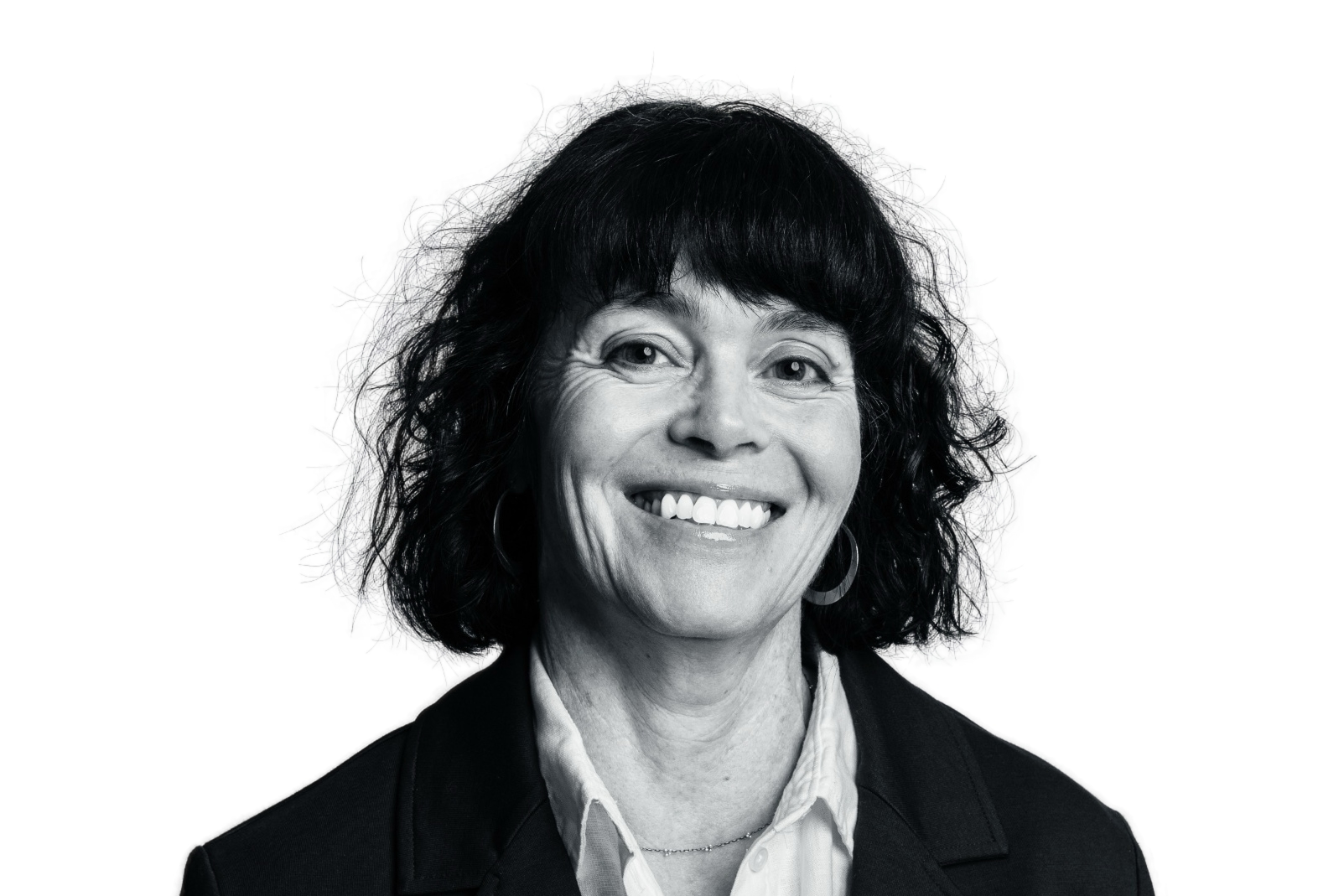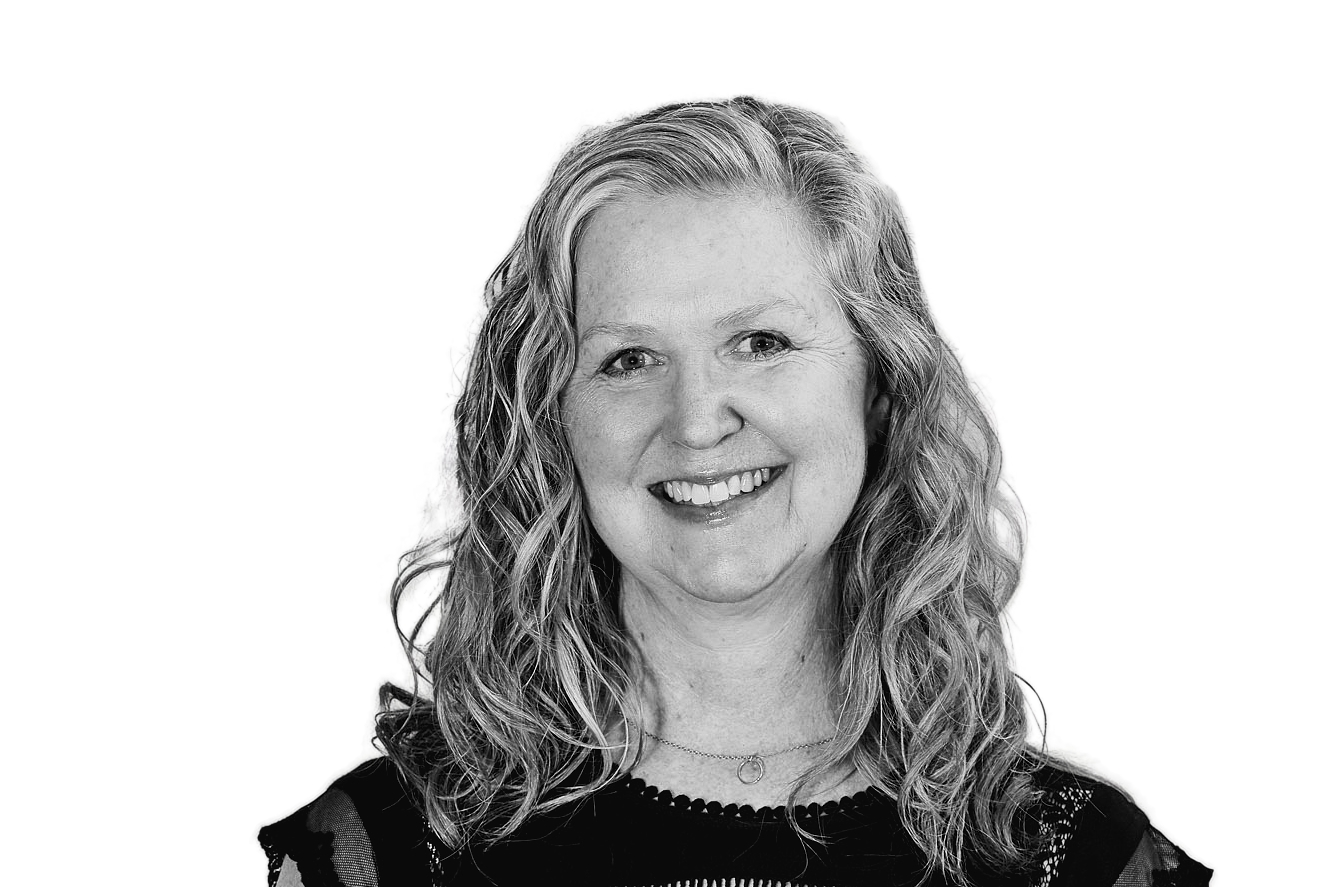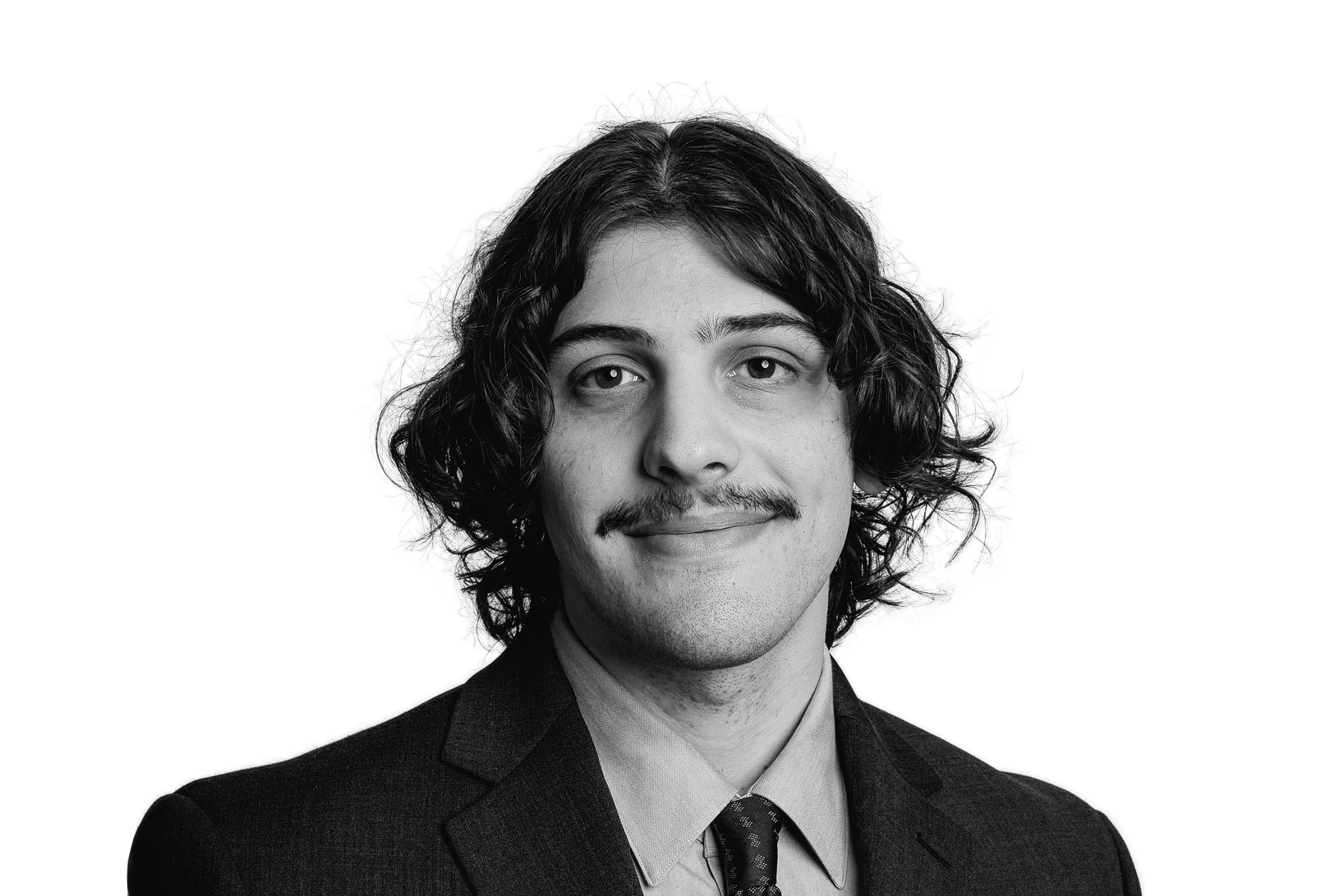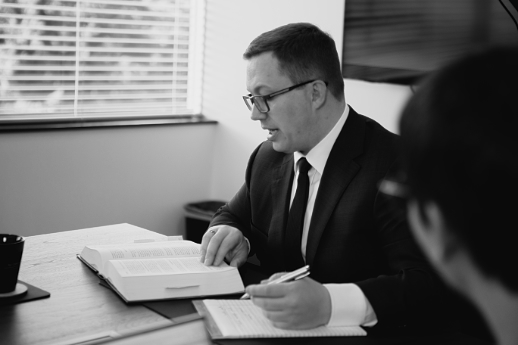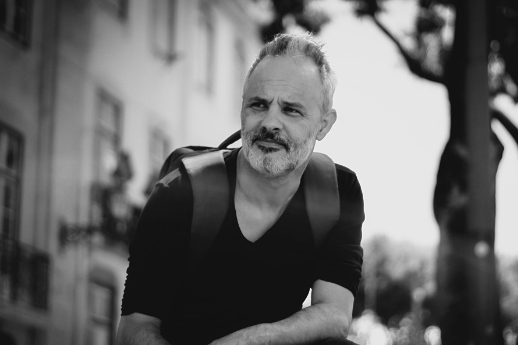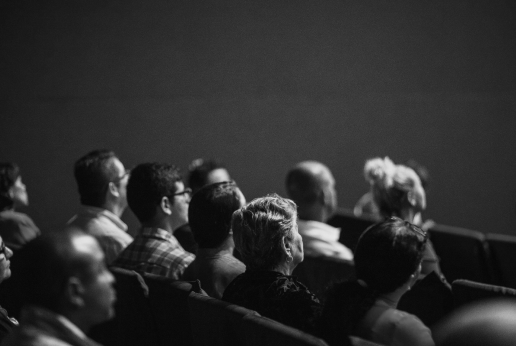Educational Initiatives: Teaching Consent and Preventing Sexual Abuse in Schools
Sexual assault in schools is a prevalent and growing issue. Statistics from the Rape, Abuse, & Incest Network (RAINN) show that one in nine girls and one in twenty boys under the age of eighteen have experienced some kind of sexual abuse. Additionally, according to the U.S. Department of Education’s Office for Civil Rights, there was a 43% increase in incidents of sexual violence and a 74% increase in incidents of rape or attempted rape in schools between the 2015-16 and 2017-18 school year. Even if these statistics were not so alarming, this would be a serious issue. Sexual abuse, especially at a young age, almost always has significant, long-lasting effects. RAINN notes that children who experience sexual abuse are four times more likely to develop symptoms of drug abuse and experience PTSD, as well as three times more likely to experience a major depressive episode as an adult. Children who experience sexual abuse can face consequences that affect their lives and well-being permanently.
However, there are ways to prevent sexual abuse, and schools are one of the best places to do this. Educational programs that introduce children to the concept of sexual assault and the role they can play in preventing it can decrease rates of sexual abuse. Schools work well as a setting for this kind of education for a few reasons. First, programs in schools are likely to reach the general population effectively, as around 82% of children are enrolled in public schools. Also, because of this, programs that operate in schools are likely to be more cost-effective. Additionally, students and teachers or school staff likely already have a rapport; students generally consider teachers and school staff to be “trusted adults.” Having these programs occur in schools, even if teachers do not run them, gives students a safe place to learn, ask questions, and reach out if they need help.
Relatedly, it is important to note that people of all genders can experience sexual abuse. However, many education prevention programs differentiate between men and women or provide education to men and women differently due to the disparity in sexual assault rates between the two groups. While sexual assault is certainly not limited by gender, women often are significantly more impacted; 82% of individuals under the age of eighteen who have experienced sexual assault are women. However, this is, of course, a potential limitation of these programs. Men are far less likely to report sexual abuse than women because of the narratives around who can experience sexual assault. Thus, programs that do not appropriately address the possibility that men can be victims of sexual abuse can be problematic. Additionally, transgender and nonbinary people are more likely to experience sexual abuse than cisgender individuals. As such, programs that solely teach in a binary of men and women can cause issues as well. That being said, there has recently been growing education about the sexual abuse that men and non-cisgender people experience.
Overall, despite some limitations, a wide variety of studies have proven that sexual assault prevention education is effective and impactful. One kind of education prevention program is one that teaches children about their role in preventing sexual assault. This type of education appears to generally be aimed toward older children. There are various examples of this kind of program, but one that is demonstrative of the positive effects of this education is the program “No Means No Worldwide.” This program educates young people (ages ten through nineteen) to prevent sexual assault. Specifically, they provide “masculinity and bystander intervention training” for young men and “empowerment self-defense training” for young women, taught by trauma-informed, community-based educators. Like many similar educational programs, No Means No Wordwide’s methods have been very successful. Because of this program, the areas where it has been implemented have seen a 47% decrease in incidents of rape. Even further, the study examining this program reported that 42% of girls used skills they had learned to prevent sexual assault. Additionally, there was a success rate of 79% of boys who intervened to prevent a sexual assault from occurring.
Another method of education to prevent sexual assault has been to teach children what sexual abuse is, how to recognize it, and how to respond if they or someone they know has experienced sexual abuse. This kind of education appears to generally be aimed towards younger children. An example of this sort of program is the Behavioral Skills Training Program (BST), where students are taught about sexual assault and personal safety from a “behavioral perspective.” In this program, teachers work with children in small groups to teach them that they are the “bosses” of their bodies; with this, children are taught that it is not okay for adults to look at or touch their private areas. Additionally, children are taught the importance of talking to a friend or adult they trust if this happens to them. In studies of the BST program, researchers found that children who took part not only had better knowledge of sexual abuse but also greater personal safety skills than children who did not receive this education.
Teaching about consent is another vital part of education programs to prevent sexual assault. This can be taught to all children, with different approaches depending on age. Children as young as two or three can be taught about consent—just with age-appropriate phrasing. Rather than talking about what “consent” is, children are taught about their bodies, including personal space and touch. For example, children may be taught that they can choose whether to give a hug to a family member or friend—if they don’t want to, they can say “no, thank you.” Similarly, they may be taught that if a friend does not want a hug, they should keep their hands to themselves, perhaps offering a high five or a thumbs up instead. This may sound simple, but it lays the groundwork for children to have agency over their bodies and respect the boundaries of others.
As children get older, conversations about consent will change. In elementary school, children may learn what it means to give consent, what it can sound like, and how a child can respond when they do not want to consent. They may also learn how body language and tone play a role in consent. While sex is not discussed, these conversations are crucial for future education in middle and elementary school when sex enters the conversation. By laying the groundwork for understanding consent, personal space, and boundaries, children learn how to keep themselves safe, including what actions are okay and not okay. Additionally, this education equips children to learn about sexual assault and consent in depth in the future. This kind of education through prevention programs is crucial to both stop sexual assault from occurring and allow children to recognize abuse if they do experience it.
Additionally, sexual assault education programs assist children in getting the help they need if they experience some form of sexual abuse. A study of a range of sexual assault prevention education programs for children showed that those who went through these programs were more likely to disclose abuse to their teacher or another adult they trusted. Another study of children who participated in a sexual assault education in school demonstrates just how effective these programs can be; this study showed that children who participated in the program were 82% more likely to disclose abuse than children who did not.
The disclosure of sexual assault is one of the most essential steps in helping children who experience abuse heal, in addition to being crucial in preventing further abuse. Only by disclosing abuse are children able to get the physical and mental care they need. Additionally, if children do not disclose sexual abuse, it is more than possible that this abuse will continue. Unfortunately, in general, child sexual abuse is under-disclosed and underreported; many individuals do not share what happened to them until when they are well into adulthood. This is problematic, as it prevents the child from getting the care they need and may result in future sexual abuse. Of course, it is important to note that not disclosing abuse is never the fault of the child—there are many reasons a child may feel they are not able to tell someone about the sexual assault they experienced. As such, educators must stress the necessity of telling a trusted individual about sexual assault and provide pathways for the child to do so.
You are not alone. We are here to help.
Empowering Change
Related Resources
are here to guide and empower you or someone you care about.

Mormon Sexual Abuse – What You Need to Know
Experiencing or hearing about sexual abuse within the Mormon church, officially referred to as the Church of Jesus Christ of Latter-day Saints...
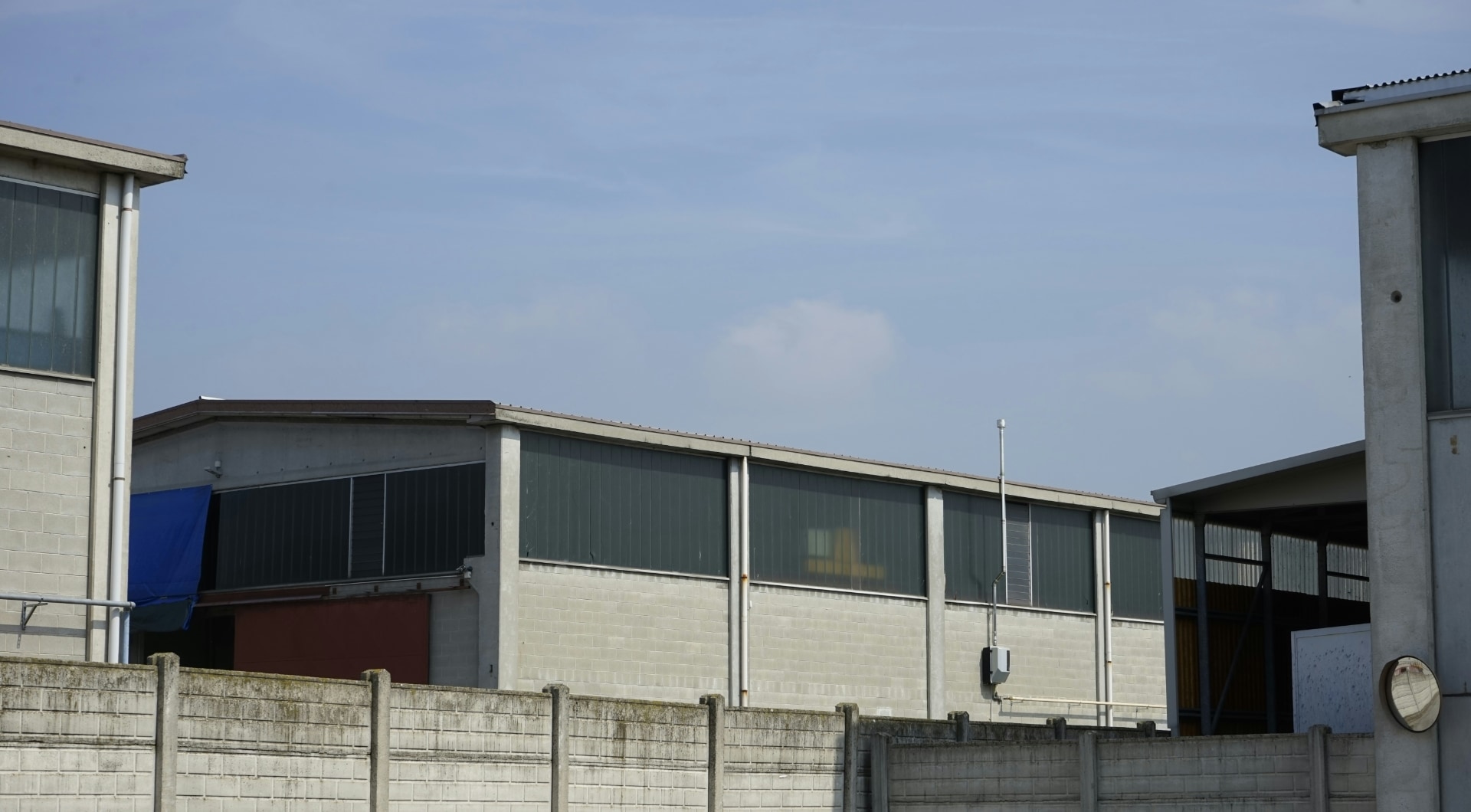
Common Signs of Institutional Negligence in Juvenile Detention
Juvenile detention facilities are supposed to help young people get back on track by providing education, therapy, and support. But when these...

Rebuilding Trust: Steps Toward Healing After Clergy Sexual Abuse
Clergy sexual abuse is one of the most devastating violations of trust, leaving survivors to grapple with profound psychological, emotional, and spiritual...
Don’t face this alone.
